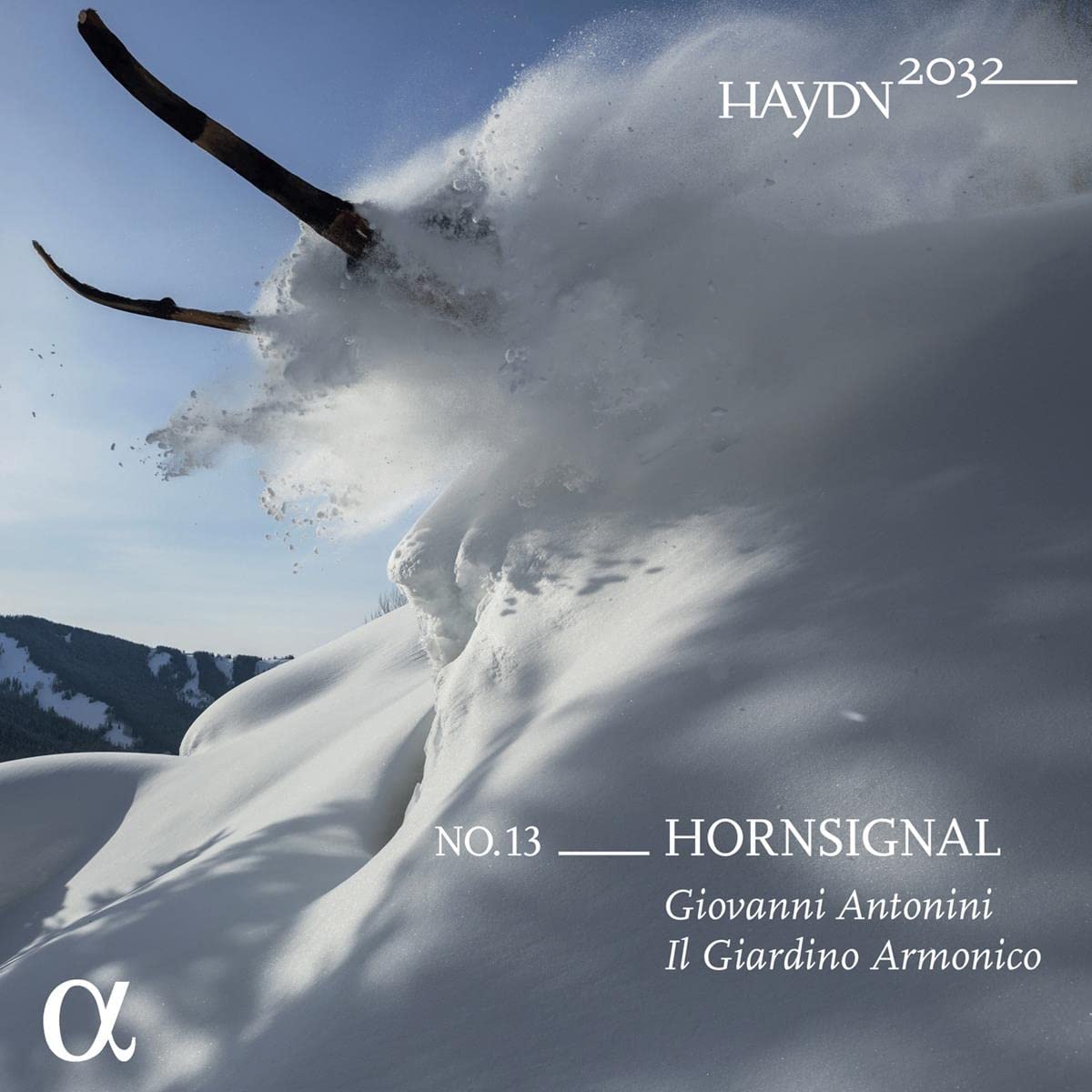Il Giardino Armonico, conducted by Giovanni Antonini
80:18
Alpha Classics Alpha 692
This latest addition to Giovanni Antonini’s outstanding integral Haydn cycle turns to a trio of symphonies that fall into the category of what the notes delightfully term Haydn’s ‘horn-heavy’ symphonies. Particularly notable among these is, of course, No. 31 in D, nick-named the ‘Hornsignal’ and a work older readers may recall was a great favourite of Sir Thomas Beecham’s. There are few more thrilling openings in music than that of the ‘Hornsignal’, with the unusual scoring of four horns braying their brave fanfares with aplomb and total lack of inhibition. The symphony dates from 1765, around the time Haydn had become de facto Kapellmeister at Esterházy. There is indeed much about this symphony to suggest that Haydn was using it give the players of what had virtually become ‘his’ orchestra a showcase in which to show off their talents. The Adagio (ii) is a three-way dialogue between the horns, a solo violin and solo viola, while the Finale (Moderato molto) opens with a cantabile melody – beautifully played by the strings of Il Giardino Armonico – before proceeding to a set of variations in which cello, flute, violin and horns (of course) are all given a place in the limelight, the whole rounded off by the double-bass – a winning idea – before the tempo speeds up for a brief Presto coda. The whole symphony is in Haydn’s best ‘great entertainer’ mode, having no pretensions to profundity; it is accepted as such with relish by Antonini’s splendid players just as it must have been by Haydn’s.
Symphony No 59, known as the ‘Fire’ Symphony, dates from four years later. No convincing explanation has been advanced for the name, but it seems to stem from a mid-19th-century catalogue of Haydn’s work, where the name ‘La Tempesta’ is also associated with it. Whatever the background the name is not inappropriate, since from the outset the symphony has an unpredictability, even eccentricity about it that may recall the leaping of flames from one point to another. There is also a strong element of theatricality as in the second movement, where the steady slow march-like motif gives way to cantabile strings and later rude outbursts from the horns. The finale is a glorious romp, with horns again to the fore and, in this performance, a truly exhilarating sense of forward momentum.
Also from 1769 is Symphony No 48, known as ‘Maria Theresia’ from the probability of it having been composed for the name-day of the Austrian empress. Again the outer movements in Antonini’s performance are notable for the high-level energy, outstanding balance, and bravura playing (horns to the fore again) that has been such an outstanding characteristic of the series as a whole, but here I’d like to focus on the exquisitely lovely playing of the Adagio (ii). Muted strings and veiled horns give the opening a distanced, in lontano impression, while mysterious murmuring broken chords evoke a nocturnal atmosphere. The silky refined beauty of the string playing is breathtaking.
This is another stellar addition to a cycle that is already well-proven to be infinitely and endlessly rewarding, each issue leaving the listener impatiently awaiting its successor.
Brian Robins
